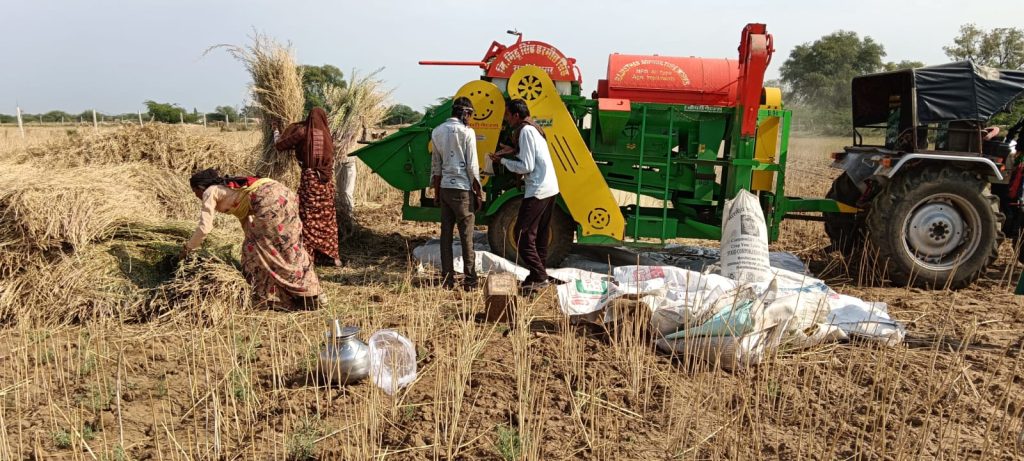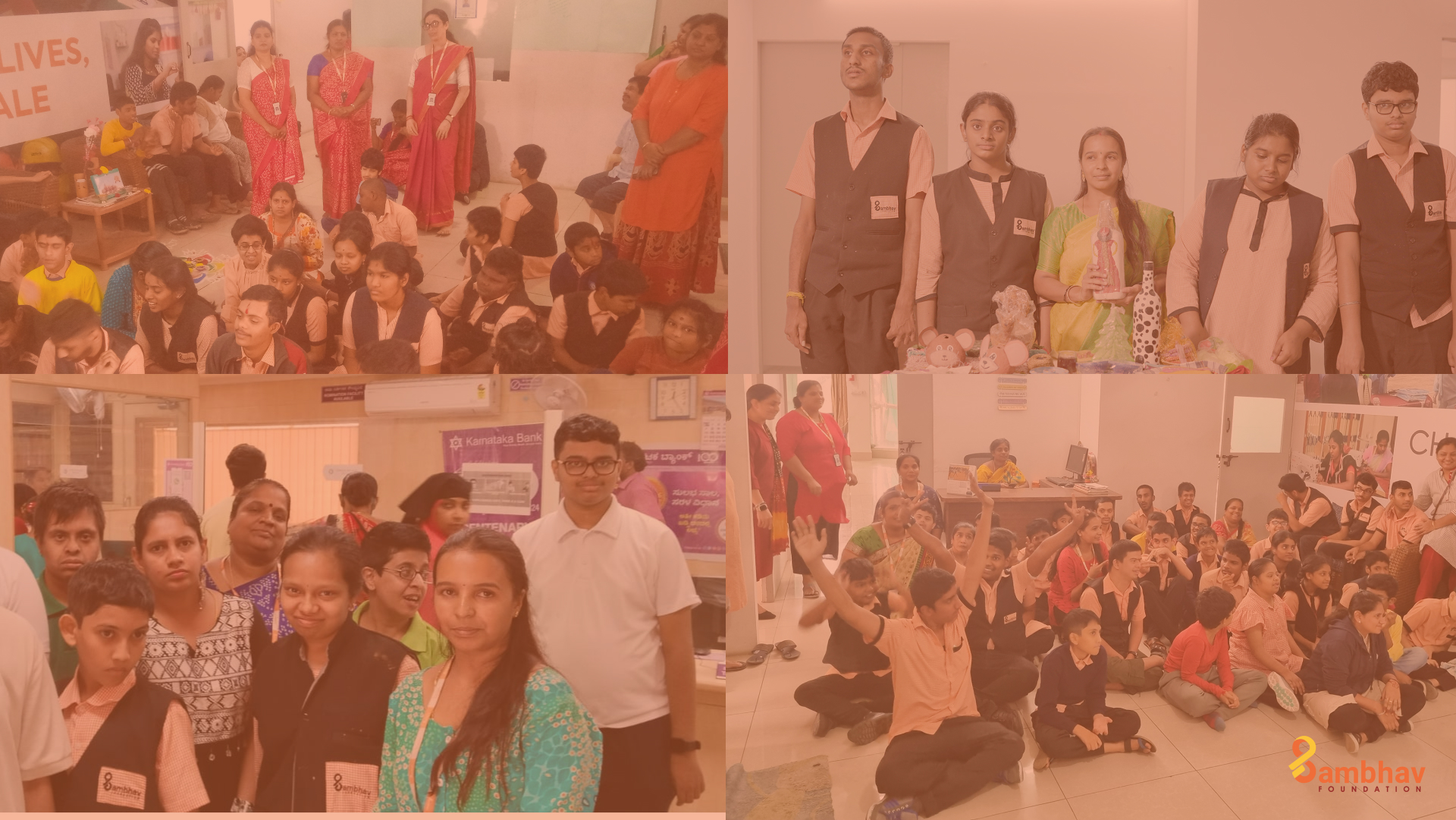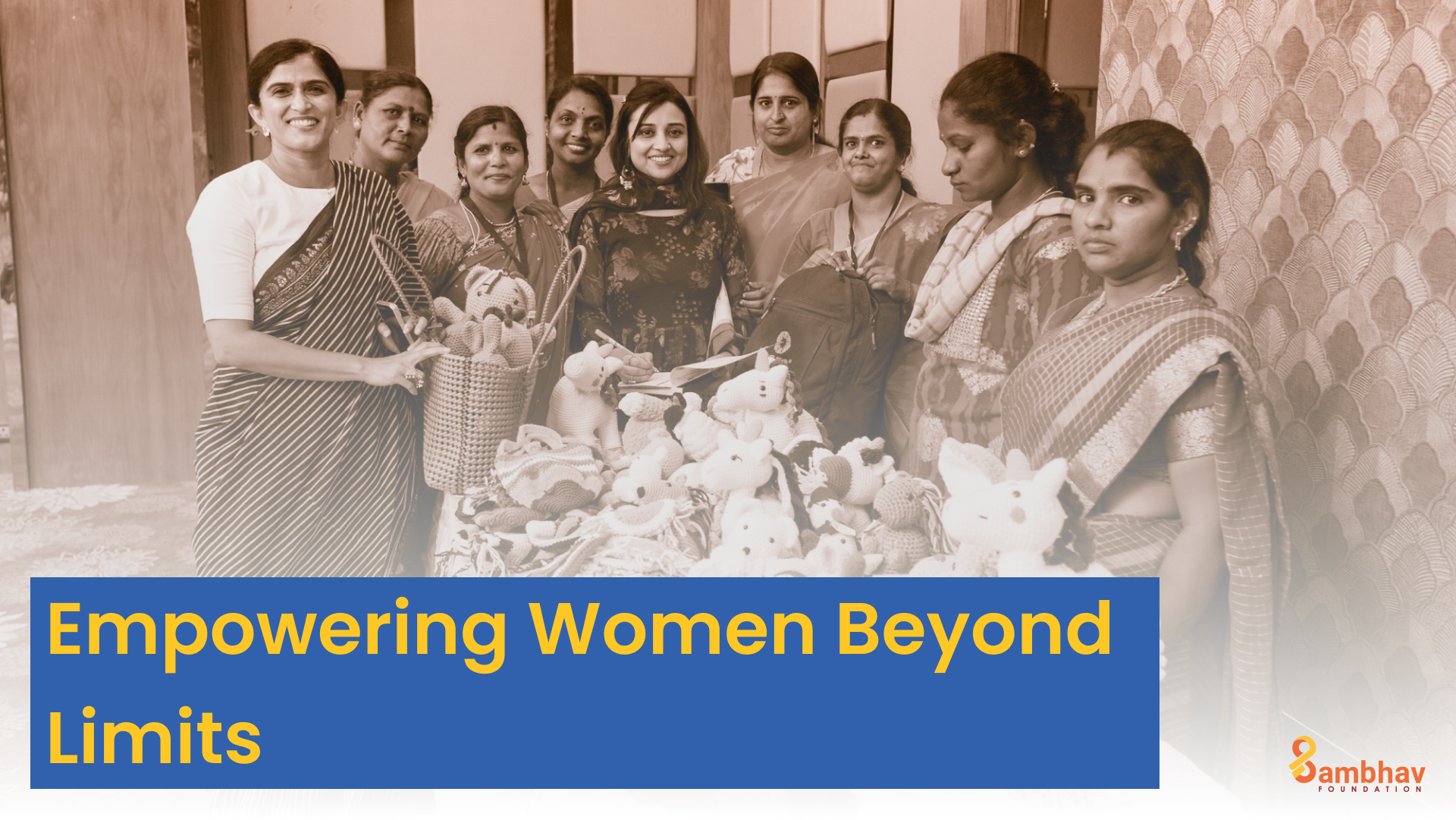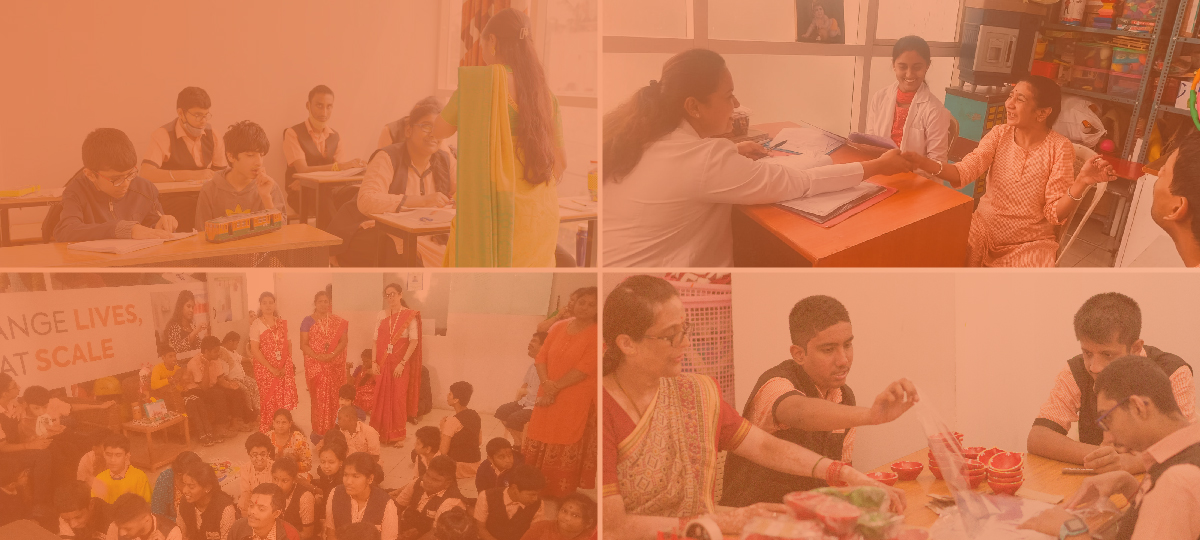Giving plays a crucial role in uniting communities, transcending cultural and geographical boundaries with its profound significance. Historically, it has been a fundamental aspect of societal interaction, fostering solidarity and mutual support across diverse groups. In the modern world, its relevance is even more pronounced, acting as a bridge that fosters understanding and support among community members.
The act of giving extends beyond material assistance, creating emotional connections and a cycle of kindness. This nurturing exchange not only strengthens community ties but also fosters a society based on compassion and empathy. As we explore its role in community building, giving emerges as a powerful force, shaping the fabric of societies and establishing enduring communal bonds.
We make a living by what we get, but we make a life by what we give.
Winston S. Churchill (Former PM of the United Kingdom)
Cultural Roots of Giving in Community Building
Global Traditions of Generosity
Giving is a universal language spoken in many cultural dialects. In the diverse landscape of global traditions, each society has its own unique way of expressing this fundamental human act. In India, for instance, ‘Daan’ is an esteemed practice in Hinduism, Buddhism, and Jainism, embodying selflessness to attain spiritual balance. Islam’s ‘Zakat’ stresses the moral duty to aid those in need, echoing a similar ethos.

Western Philanthropy
In the West, philanthropy has evolved beyond religious charity, embracing a wider spectrum of humanitarianism driven by civic responsibility. In the United States, Thanksgiving exemplifies this spirit, where sharing and generosity are woven into the celebration, illustrating the universality of giving across different cultures.
The Social Impact of Giving in Communities
Strengthening Bonds Through Giving
Every act of giving, no matter how small, sends ripples through the fabric of a community. It’s not just about the exchange of gifts or aid; it’s about building a network of trust and mutual support. This interconnectedness is the cornerstone of a strong community, where people feel seen, supported, and connected.
Psychological Benefits for Givers and Receivers
1. Joy of Giving: For the giver, the act of giving is more than just a charitable deed; it’s a source of deep personal satisfaction. Research suggests that giving can trigger a release of endorphins, leading to a ‘helper’s high’. This feel-good factor contributes to better mental health and a stronger sense of connection to others.
2. Gratitude and Belonging for Recipients: For those on the receiving end, the experience often brings feelings of gratitude and a stronger sense of belonging. This is crucial for emotional well-being and reinforces their sense of connection to the community.
3. Enhanced Self-Esteem for Givers: Engaging in acts of giving can bolster the giver’s self-esteem. Knowing that their actions have a positive impact on others can foster a sense of pride and self-worth, reinforcing their identity as a valuable contributor to the community.
4. Social Connectivity: Giving and receiving create opportunities for social interaction and relationship building. This can be especially beneficial for individuals who might otherwise feel isolated, promoting a sense of community and social cohesion.
5. Reduced Stress and Increased Happiness: Studies have shown that both giving and receiving can reduce stress and increase overall happiness. The act of giving, in particular, has been associated with lower blood pressure, reduced anxiety, and even increased longevity.
6. Fostering a Culture of Kindness: When giving is a common practice within a community, it cultivates an environment of kindness and compassion. This can have a ripple effect, encouraging more acts of generosity and strengthening the community’s resilience against social challenges.
The cultural roots of giving, deeply embedded in various traditions, underscore its importance in nurturing strong, cohesive communities. This timeless practice is not only a reflection of our shared values but also a key driver in fostering a sense of unity and mutual understanding across different societies.
Science says that giving can make us happier than having more money.
Psychologist Dr. Elizabeth Dunn
Success Stories: Donations Transforming Communities
Case Studies of Impactful Giving
Reviving Rural Livelihoods: The Herbalife Collaboration
A standout example of impactful donations is seen in the Seed to Mouth Project, a joint initiative by Sambhav Foundation and Herbalife. This project aimed to bolster agricultural practices in rural areas of Rajasthan, Karnataka, and Madhya Pradesh, directly benefiting over 9,300 farmers. By improving crop yields, enhancing soil health, and innovating storage practices, the project significantly elevated the standard of living for these farming communities.

Empowering Differently-Abled Women: The Schaeffler Partnership
Another inspiring story comes from the partnership with Schaeffler, focusing on the empowerment of differently-abled women. Through this collaboration, 60 women underwent specialised beauty and wellness training, leading to employment in various salons. This initiative not only provided these women with sustainable livelihoods but also boosted their self-esteem and social standing.
Lessons Learned and Best Practices
- Focus on Sustainability and Self-Reliance:
One key takeaway from these initiatives is the emphasis on sustainability and self-reliance. Donations that foster long-term self-sufficiency, rather than temporary relief, have a more profound impact on community development.
- Inclusive Approach in Program Design:
Incorporating inclusivity in program design, as seen in the Schaeffler partnership, ensures that the benefits of donations reach marginalised sections of society, thereby promoting social equity.
- Empowering Through Knowledge and Skills:
Programs that focus on skill development and knowledge transfer, like the Seed to Mouth Project, empower beneficiaries to improve their circumstances actively. This approach shifts the narrative from dependency to empowerment.
- Local Needs Assessment for Tailored Solutions:
Understanding the specific needs of a community is crucial for the success of any initiative. Tailored solutions, based on a thorough assessment of local needs, tend to be more effective and sustainable.
- Leveraging Local Partnerships:
Collaborating with local bodies and communities can enhance the relevance and effectiveness of programs. Local partnerships facilitate better understanding and adaptation to the community’s cultural and social dynamics.
- Regular Monitoring and Impact Assessment:
Continuous monitoring and evaluation of programs help in fine-tuning strategies for maximum impact. Regular impact assessments ensure that the programs are on track to achieve their intended goals.
- Storytelling as a Tool for Engagement and Awareness: Sharing success stories serves as a powerful tool for engagement. These narratives not only raise awareness but also inspire further contributions and participation.
These case studies exemplify how strategic and thoughtful giving can lead to significant transformations in communities. The lessons learned underscore the importance of sustainability, inclusivity, and a deep understanding of local needs in maximising the impact of donations.
Integrating Giving into CSR Strategies
Embedding Philanthropy in Business Goals
For CSR professionals, the integration of giving into corporate strategies is more than a philanthropic gesture; it’s a strategic alignment with corporate goals. This involves identifying areas where the company’s resources can make the most impact. For instance, a tech company might focus on digital literacy programs, while a pharmaceutical firm might invest in healthcare initiatives.
Creating Shared Value
The key lies in creating shared value – initiatives that not only benefit the community but also align with the company’s long-term objectives. This approach goes beyond traditional CSR models by embedding social responsibility into the core business strategy, leading to sustainable business growth and social impact.
Enhancing Brand Value Through Giving
Giving as part of CSR also enhances brand value. Consumers today are increasingly aligning with brands that demonstrate social responsibility. Companies engaging in meaningful giving initiatives often witness increased brand loyalty, positive public perception, and a stronger corporate identity.
Case Studies: CSR Initiatives That Made a Difference
Revitalising Education: The DELL Partnership
A notable example is the partnership between Dell Technologies and Sambhav Foundation. The “Educode Program” focused on equipping students in Odisha with coding skills. This initiative not only addressed the digital divide but also aligned with Dell’s core competency in technology, enhancing its brand as a contributor to education.
Healthcare Accessibility: The HUL Initiative
Another successful case is the collaboration with Hindustan Unilever Limited (HUL). This partnership focused on enhancing healthcare facilities and conducting health camps across various Indian locations. By improving healthcare accessibility, HUL strengthened its commitment to community well-being, reinforcing its reputation as a socially responsible entity.
Environmental Stewardship: The Swasti Collaboration
The Swasti collaboration highlights how CSR can play a role in environmental sustainability. This project focused on green initiatives like solar panel installations and ecological restoration. This not only contributed to environmental conservation but also positioned the collaborating companies as champions of sustainability.
Empowering Women: The Loreal-Accenture Partnership
The Loreal-Accenture partnership under Sambhav Foundation’s umbrella focused on empowering economically challenged women with beauty therapy skills. This initiative not only supported women’s financial independence but also resonated with L’Oréal’s and Accenture’s commitment to gender equality and inclusive growth.
These case studies demonstrate the powerful impact of CSR initiatives rooted in giving. They show that when companies integrate philanthropy into their business strategies, they can strengthen community ties, enhance their corporate reputation, and contribute meaningfully to societal progress. For CSR professionals, these examples serve as a guide to implementing effective and impactful CSR strategies that align with corporate goals and create shared value.
The Value of Giving in Community Building
Community building is enriched and strengthened by the threads of giving. This act of generosity, deeply embedded in cultural traditions and modern corporate strategies, stands as a pillar of societal development. Giving, in its myriad forms, transcends mere transactions; it fosters a sense of solidarity, nurtures communal bonds, and instils a collective spirit of resilience.
Incorporating giving into Corporate Social Responsibility (CSR) strategies is not just beneficial; it’s essential for creating sustainable and robust communities. It’s about aligning corporate resources with societal needs, thereby ensuring that every act of giving translates into meaningful impact. When businesses embrace this approach, they not only contribute to societal welfare but also build stronger, more connected communities. This integration of giving within CSR strategies serves as a beacon of hope and progress, paving the way for a future where businesses and communities grow in harmony.
Embrace the Power of Giving
By adopting giving-focused initiatives, you can play a pivotal role in shaping a more equitable and resilient society. Your commitment to giving can ignite a cycle of positive change, uplifting lives, and strengthening community ties.
Reach out, collaborate, and be part of this journey towards a more inclusive and prosperous world.




